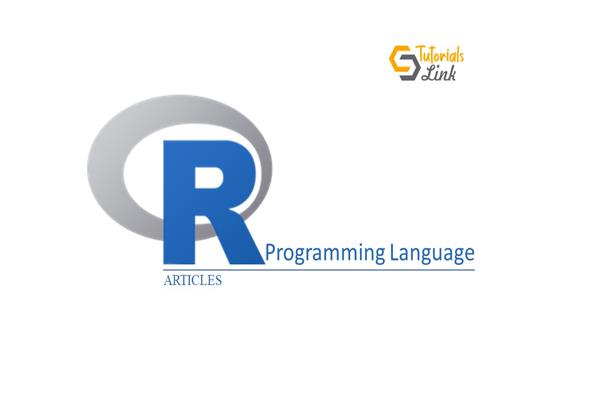Explain briefly Data Science concerning R programming? | R Tutorial
Explain briefly Data Science concerning R programming? | R Tutorial
In this article, you will learn about R programming for data science.
R programming language is versatile in nature. Developers develop the language by keeping the thought that this language will do all statistical computing and analysis. With time, the R programming language has become the core of data science as well since it has features that are useful in data science. It provides a rich set of libraries, packages, and graphics.
What R programming language is serving from the bottom in data science?
There are so many features R programming language has for data science:
- It provides advanced tool libraries such as Ggplot2, Diplyr, and more.
- Techniques such as time series analysis, linear logistic regression, and more.
- It generates accurate results for data science algorithms.
However, it always varies from person to person.
R programming about data science:
There are so many concepts that R programming provides to data science. We will initiate with the fundamental concepts. We can go much deeper into it but initiating with base is always a good start.
- Install a package in R
Let’s learn first how we can install a package in the R language. There are so many packages the developers need to install when they go deep into the R. The statement to install the R package is as follows:
install.packages(“Ggploat2)
It will install all the sub-packages of Ggploat2. When you install the package, you will see that “n” of sub-packages associated with Ggploat2 installation.
The basic data types of the R language for data science:
1. Integer
x <- 10L
print(typeof(x))
[1] “integer”
2. Double
x <- 1.1
print(typeof(x))
[1] “double”
3. Character
x <- “Hi”
print(typeof(x))
[1] “character”
4. Logical
x <- TRUE, y <- False
print(typeof(x); typeof(y))
[1] “logical”
[2] “logical”
5. Complex
x <- 2+5i
print(typeof(x))
[1] “complex”
The basic data structure in R language of data science
1. Vector: It is a one-dimensional data structure that contains elements of the same data type
2. Matrix: It is a two-dimensional data structure that contains the elements in the row and column format. The data type of the elements is the same. The number of columns and rows is not mandatory to be the same.
3. Data frame: It is also a two-dimensional data structure but the only difference between matrix and data frame is, in a data frame, we can have different types of elements in the rows and columns.
4. Lists: It is a one-dimensional data type. It stores different types of elements.
5. Factor: It has categorical data with different levels in it. We use the factor() function to create the data structure of the factor type.





